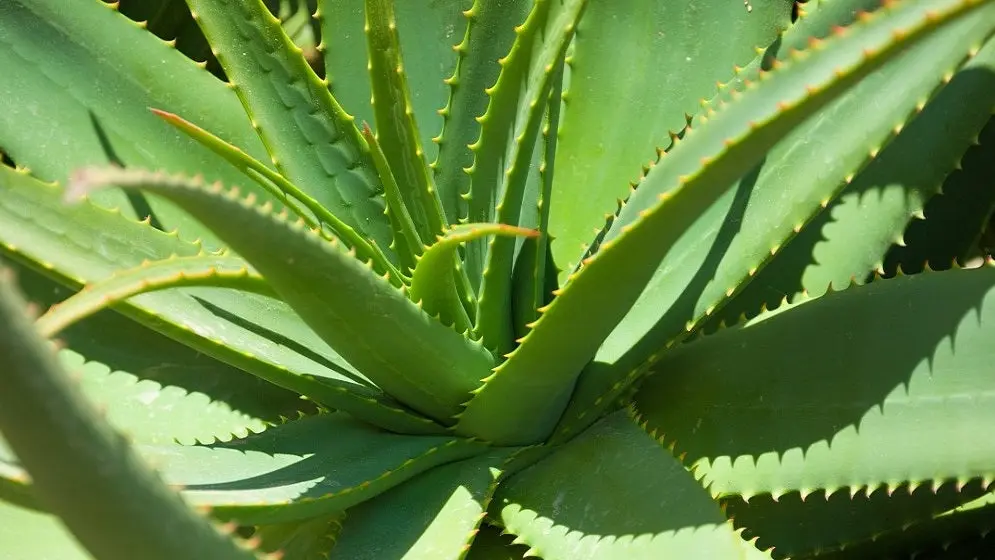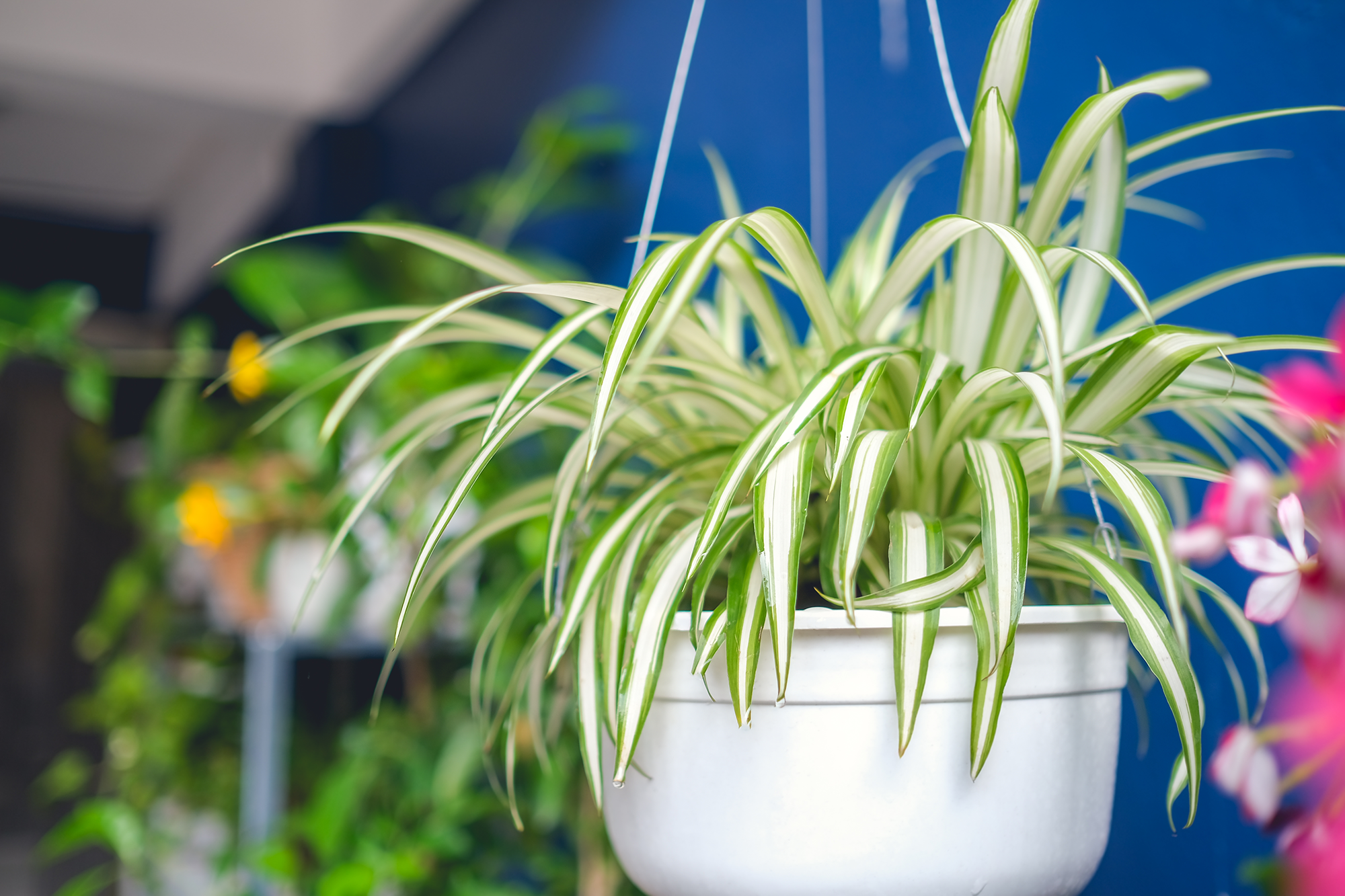Indoor air quality has become an increasingly important consideration in modern homes. With pollutants, dust, and allergens accumulating in closed spaces, creating a healthier environment is essential. One natural, aesthetically pleasing, and effective way to achieve this is through houseplants. Beyond adding a touch of greenery, certain plants have been scientifically proven to purify the air by removing toxins and producing fresh oxygen. Here’s a guide to the best houseplants for air purification.
1. Spider Plant (Chlorophytum comosum)

The spider plant is a resilient, low-maintenance houseplant that is excellent for beginners. Known for its long, arching leaves with green and white stripes, the spider plant not only brightens indoor spaces but also filters harmful substances like formaldehyde, xylene, and carbon monoxide. Its ability to thrive in indirect sunlight and tolerate occasional neglect makes it ideal for bedrooms, offices, or living rooms. Additionally, spider plants reproduce easily, offering a continuous supply of new plants for your home or as thoughtful gifts.
2. Snake Plant (Sansevieria trifasciata)
Also called mother-in-law’s tongue, the snake plant is a robust and adaptable option for improving indoor air. It has stiff, upright leaves with striking green patterns that can tolerate low light conditions and infrequent watering. NASA’s Clean Air Study highlighted the snake plant’s capacity to remove toxins such as formaldehyde, benzene, and trichloroethylene. Unlike many plants that release oxygen during the day, the snake plant continues oxygen production at night, making it perfect for bedroom spaces to enhance sleep quality.
3. Peace Lily (Spathiphyllum)
Peace lilies are not only elegant with their glossy leaves and white flowers but also highly effective at cleansing the air. These plants absorb pollutants like ammonia, benzene, and formaldehyde, making them excellent for kitchens, bathrooms, or workspaces. Peace lilies also help to increase indoor humidity, which can reduce airborne germs and ease respiratory discomfort. While they prefer indirect sunlight and consistently moist soil, their dramatic foliage and flowers make them a popular choice for both health and décor purposes.
4. Aloe Vera

Aloe vera is widely known for its medicinal properties, but it also contributes to cleaner indoor air. It helps remove formaldehyde and benzene, commonly found in cleaning products and paints. Aloe thrives in bright, indirect sunlight and requires minimal watering, making it suitable for sunny kitchen counters, windowsills, or home offices. Beyond air purification, the gel from aloe leaves can be used for skin care, minor burns, and cuts, providing dual benefits for your household.
5. Boston Fern (Nephrolepis exaltata)
Boston ferns are lush, feathery plants that excel at removing indoor air pollutants, particularly formaldehyde and xylene. They naturally humidify the air, which is particularly beneficial in dry indoor climates or during winter months. Boston ferns prefer indirect light, high humidity, and regular watering. Placing them in hanging baskets or decorative pots near living areas can enhance air quality while adding a touch of elegance to your home interior.
6. Rubber Plant (Ficus elastica)
Rubber plants are sturdy, low-maintenance trees that can grow into impressive indoor greenery. Their large, glossy leaves are excellent for filtering toxins like formaldehyde from the air. Rubber plants thrive in bright, indirect light and require only moderate watering, making them an ideal choice for living rooms or spacious office areas. Additionally, they are highly adaptable to varying indoor temperatures, ensuring long-term health and consistent air purification.
7. Bamboo Palm (Chamaedorea seifrizii)

Bamboo palms are tropical plants that bring a vibrant, tropical feel to your home while cleansing the air. They are particularly effective at removing benzene, trichloroethylene, and formaldehyde. These palms thrive in indirect light and humid environments, making them perfect for living rooms, bathrooms, or office spaces. Bamboo palms can grow relatively tall indoors, providing both aesthetic appeal and functional air purification simultaneously.
Conclusion
Incorporating houseplants into your home is a simple and natural way to improve indoor air quality while creating a serene, green environment. Plants like spider plants, snake plants, peace lilies, aloe vera, Boston ferns, rubber plants, and bamboo palms are not only visually appealing but also scientifically proven to reduce toxins, increase oxygen levels, and enhance overall well-being. For optimal results, combine multiple plants throughout your home and provide the appropriate care for each species. With the right selection and placement, your home can become a cleaner, healthier, and more refreshing space—one plant at a time.

